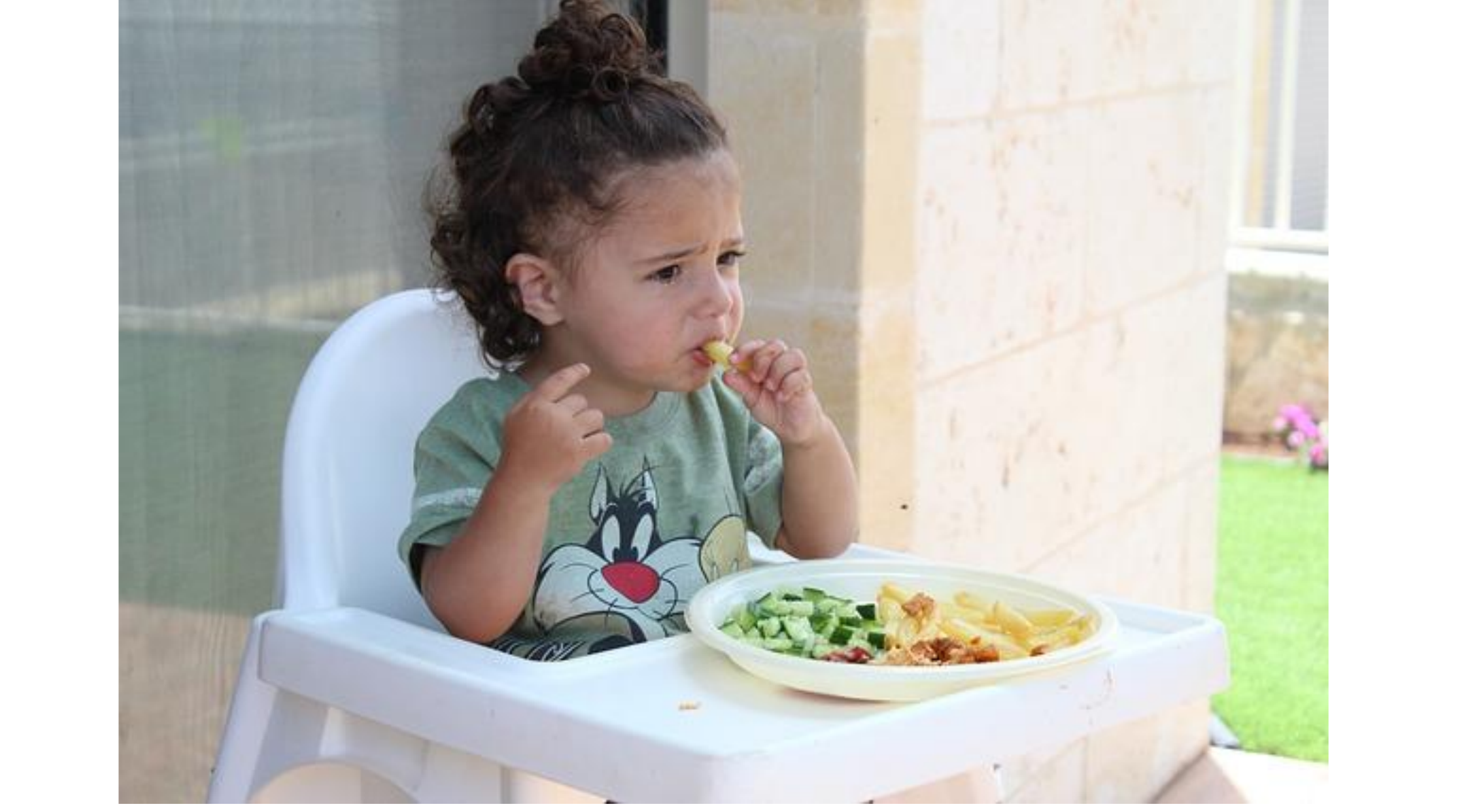Age-appropriate diet is crucial to support the physical growth and mental development of the babies. Food habits that do not age-appropriate (be it inferior or superior) won’t help the child.
From the age of 1 to 2 years, your naughty baby may turn into a troubling toddler. This is an important phase in the life of the toddler that should be supported by a healthy and nutritious diet.
Nutritional requirements for babies up to 2 years
During this age, babies will get the essential nutrients from different sources of food. So, just make sure that you feed vegetables, fruits, grains, dairy, nuts, and millets for optimal nutrients.
Babies generally take first steps and start walking all over the place after the first birth (if not by or before 15th month). Once the baby started walking around, they will be very active.
So, you have to make sure that the little one eats often (about 4 to 6 times a day). It is always great to have healthy snacks on hand.
New foods that can be introduced during this stage
- Whole milk, cow milk, and dairy products
- Tomatoes and other veggies
- Most of the fruits excepting a few which are hard
- Nuts and seeds
- All varieties of grains and millets
- Eggs
- Fish, meat and poultry
- Different flavors – spicy, tangy, etc.
Foods to include more in the diet for the babies aged up to 2 years
Ideally, your child should eat foods from all these basic groups, all day, every day.
Proteins
Eggs, meat, fish, and poultry (Introduce every food gradually if you are non-vegetarian) In the case of vegetarians, you can feed the baby with lentils and pulses.
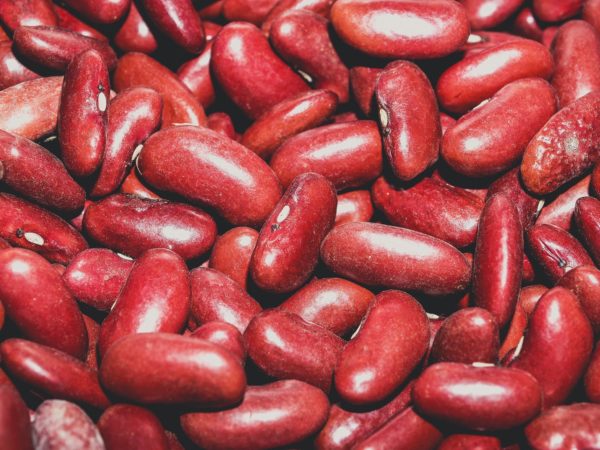
Develop the habit of including at least one lentil (chickpea, yellow pea, rajma, green pea, etc) a day.
Milk and milk products (calcium and fat)
After completion of one year, you can introduce cow’s milk to the baby. You can feed all types of dairy products, from milk, cheese, butter, buttermilk, curd, and ghee.
Feed milk two or three times a day. If the baby troubles eating solid foods, you can feed milk a maximum of 4 times a day. Early morning, before lunch, evening and late at night.
Include all dairy products with no hesitation. Dairy products are not only rich in calcium but also contain fats, which are essential for brain development. Ghee is the nectar.
Not many aware that ghee is one of the essential food items that nurture the kids. Curd and buttermilk contain probiotics, which support a healthy gut and prevent bacterial infection.
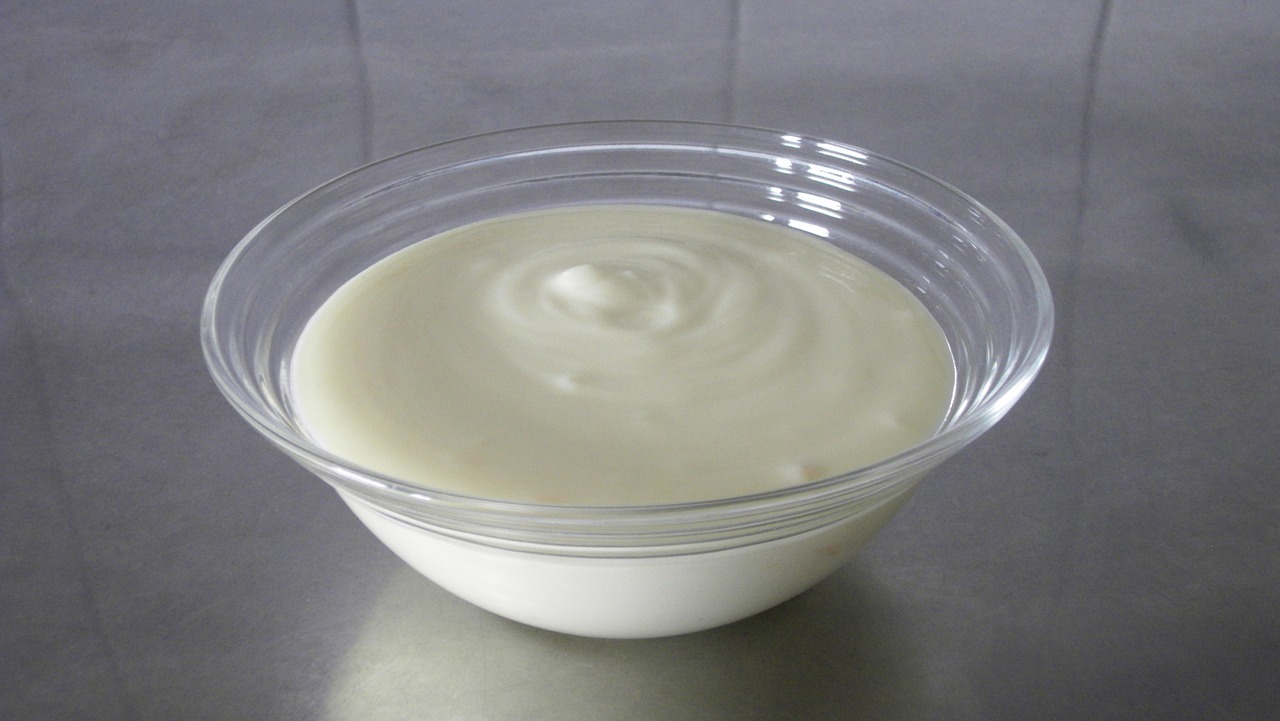
Fruits and Vegetables (Make it mandatory to include at least one fruit and one vegetable a day)
Fruits and vegetables are the power house of the nutrients. You can try feeding different fruits and vegetables.
Introduce tomatoes and all night green vegetables to the baby. Still, don’t feed vegetable raw until 18 to 20 months. You can start trying with cucumber.

When it comes to fruits, mash the fruits or mix with honey and feed the baby. You can go for fruit salad topped with cream or honey.
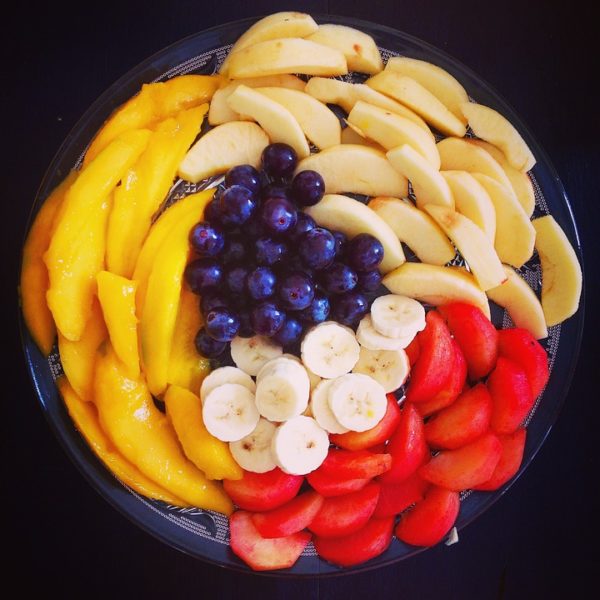
Avoid feeding pome pearls, it may cause choking. Instead, juice it. Similarly, avoid feeding jack fruit and hard fruits that need a lot of chewing. Instead, cook the fruits and feed the baby.
Cereals, rice, grains, and millets
Make rice a staple food for the babies (it is almost a staple food across many cultures in India). Introduce wheat to the baby by 14 or 15th month.
To feed healthy and nutritious supply, feed multi-grain foods to the baby. The best option is porridge. You can also add fruits and veggies to the porridge to make it tastes even better.
Include cereals, rice and millets at least for two meals a day for the babies. Still, the babies cannot chew the foods, so cook the rice and millets in a stew consistency, which can be fed easily.

New foods to introduce to the baby around 15 to 16 months
- Honey (try it by feeding one teaspoon a day). Feeding honey in the morning and coating the tongue of the baby with honey helps to soften the hard tongue and also aids in speaking with clarity.
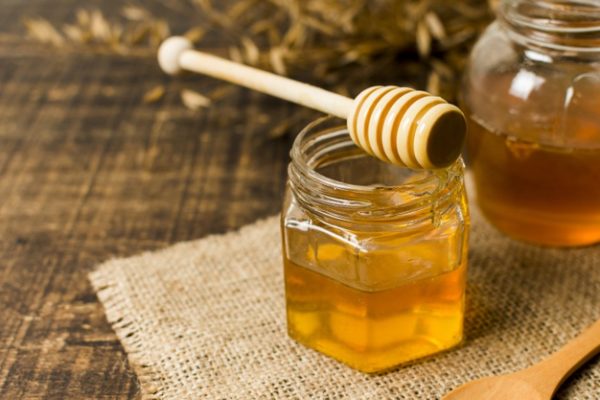
- Nuts and seeds – rich in omega 3 fatty acids, toddlers need it for brain development. Introduce one variety of seed/nut at a time. You can powder almonds and mix them with milk.

Foods to avoid for the babies aged up to 2 years
- Peanut butter or nut butter. These are hard to swallow.
- Candies, gums and sticky foods like marshmallows. It affects teething and may lead to cavities. The soft and sticky foods can be lodged into the toddler’s throat.
- Large-sized portions – Any chunk of food that is larger than a pea is likely to stick into the throat of your baby. For instance, even diced carrots can be stuck in the throat. Chop and dice or shred everything you feed the little one.
- Avoid feeding low-fat milk or skimmed milk or even soy milk replacing the whole fat milk or cow’s milk. Growing babies need the goodness of whole milk and fat for proper growth and development.
- Include full-fat foods, never go for low fat or zero fat foods.
- Watch for the allergies, if any child may develop due to certain foods. For instance, some children may get an allergic reaction when they eat tomatoes or peanuts. If you notice an allergic reaction, stop feeding the same and visit a doctor, to know more about it.
- Say no to crackers, chips and soft drinks. These are not nutritious and certainly affect the healthy eating pattern.
Sample Diet Plan
| Day | Early Morning | Breakfast | Mid-Morning | Lunch | Afternoon | Dinner |
| Mon | 1/2 to 1 cup milk | Idly / Apple oats | Banana slices | Rice with dal and Sweet potato | Fruit Yogurt | Masoor dal khichdi |
| Tue | 1/2 to 1 cup milk | Suji porridge | Water melon scoops | Millets and vegetable | Ragi Porridge | Moong dal cheela |
| Wed | 1/2 to 1 cup milk | Plain dosa | Veggies sticks + Nuts | Rice porridge with vegetable stew, curd | Papaya milkshake | Star parathas with aloo curry / Dosa |
| Thu | 1/2 to 1 cup milk | Sweet potato kheer | Cheeku and pears pieces | Rice, dal and green beans sabji and yogurt | Orange wedges | Dal parantha / Rice |
| Fri | 1/2 to 1 cup milk | Suji Upma | Citrus fruit juice | Red rice pulao with curd/rice with eggs | Nuts milkshake | Idly |
| Sat | 1/2 to 1 cup milk | Pongal / Moong dal Cheela | Cucumber sticks | Noodles with vegetables and butter milk | Cheeku smoothie | Dosa with aloo masala |
| Sun | 1/2 to 1 cup milk | Multi grain porridge | Strawberry quarters | Rice with fish/vegetables | Strawberry milkshake | Idly / Rice / Porridge |
Diet Tips for Toddlers up until 2 years
At this stage, babies need more water and should be hydrated well. Since they are very active they can easily go dehydrated especially during the summer season. Make sure to feed plain water to keep them hydrated.
Around mid of the year, by 18 to 20 months, the eating habits would have become more civilized. Gradually change the texture of the foods, from puree to semi-solid, mashed and chewable around the middle of the year.
Replace the breast milk or formula feed with whole milk (full-fat milk). Gradually reduce feeding breast milk. It is almost a personal decision to continue breast feed the baby twice or more after 1 year.
Still, most mommies stop feeding before the baby reaches 18 months of age.
Practice healthy snacking from this tender age itself.
Don’t get alarmed when the toddler resists eating certain foods. The little one will become very picky now. He or she may eat one or two favorite foods for a long period and just ignore every other choice you cook for them.
It will be somewhat hard to deal with eating preferences. So, just make sure to avoid feeding junk foods at this age.
Besides, cook him and offer a variety of foods and give a lot of options to choose from. Apparently, it will end up consuming balanced and nutritious foods.
Start giving finger foods (biscuits, fruits and homemade patties (with vegetables)) by 18th month, which will develop a lot of interest in eating.
Overnight the healthy eater may become a picky eater and even refuse to eat the favorite food. These are small tantrums.

